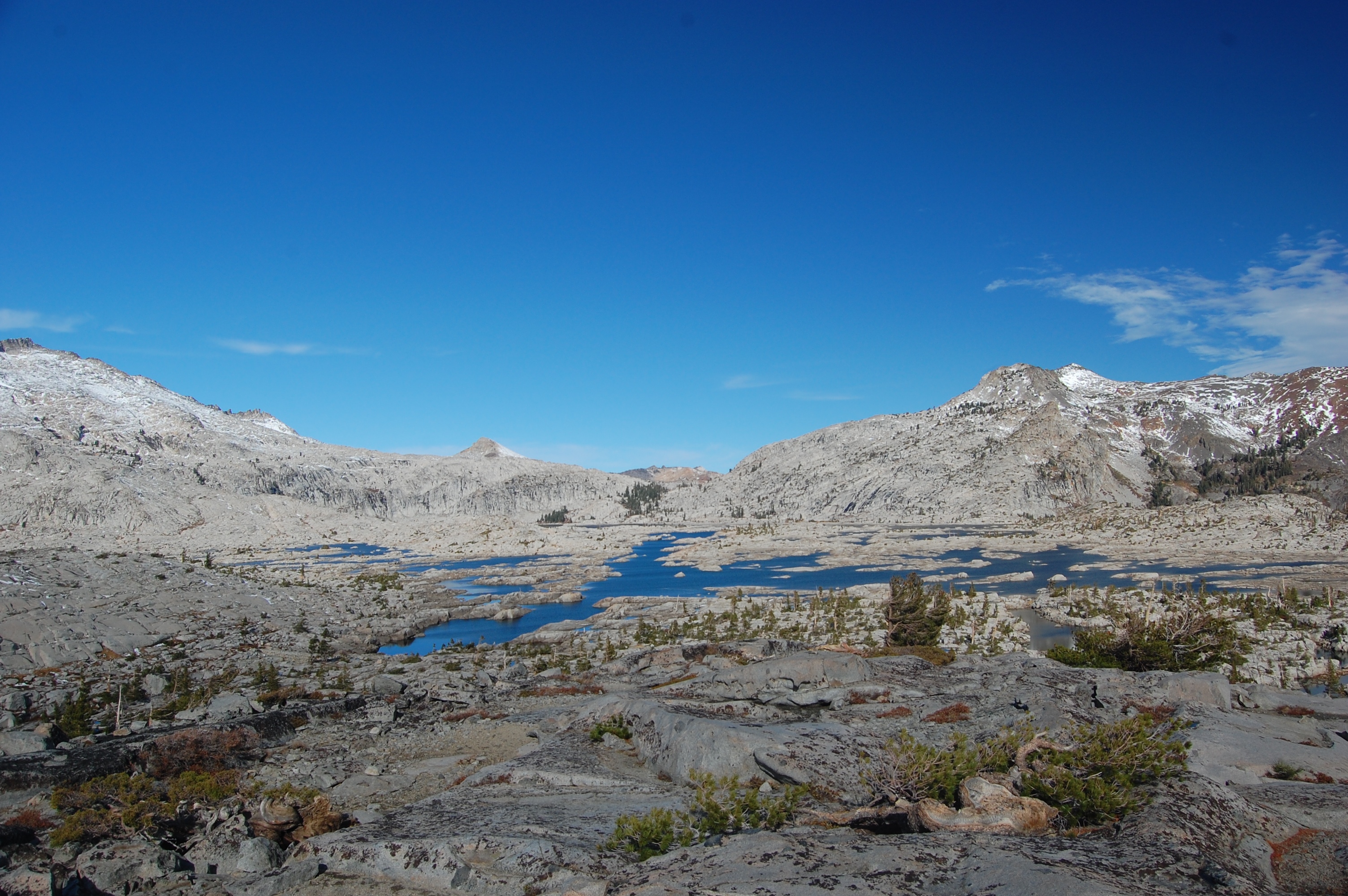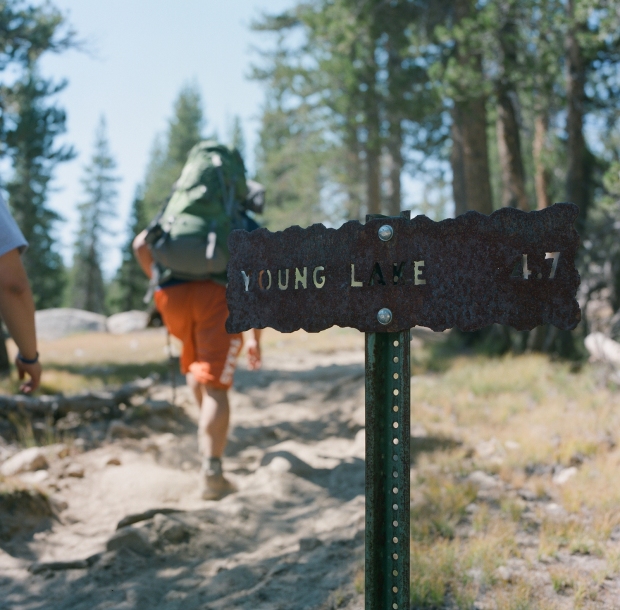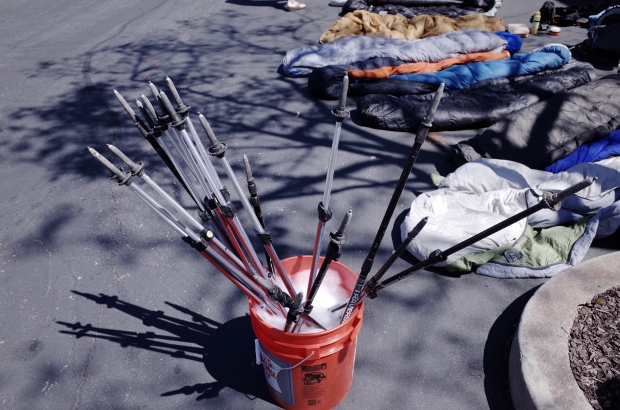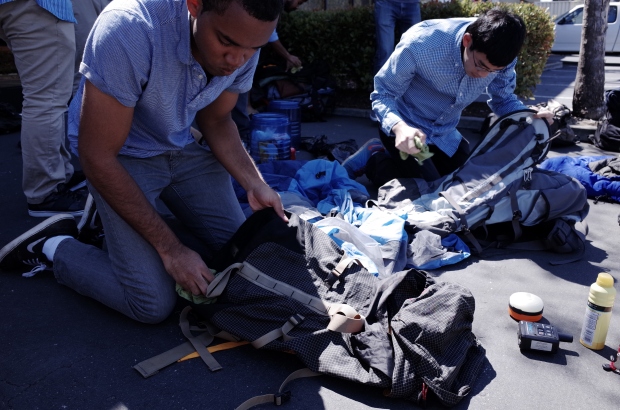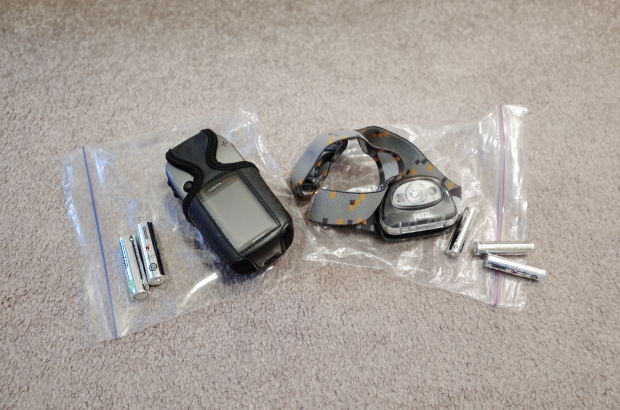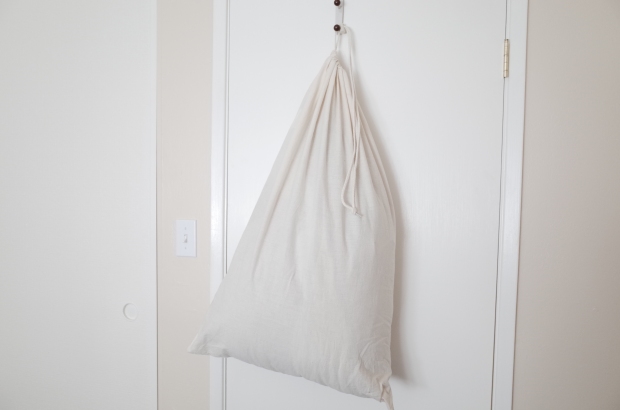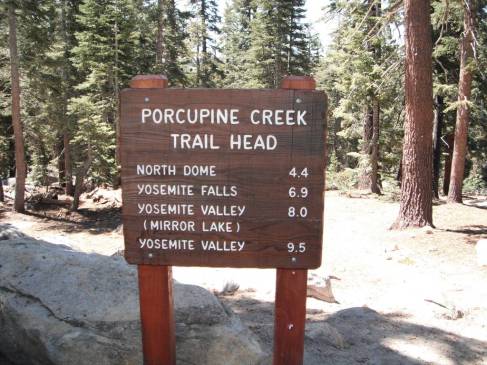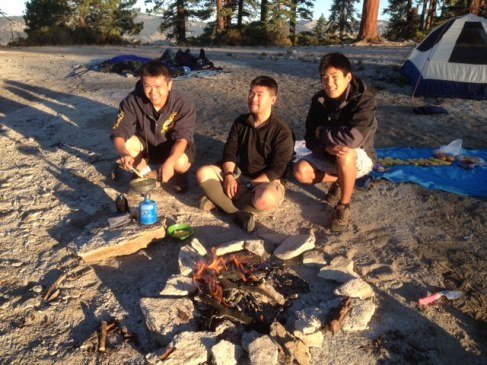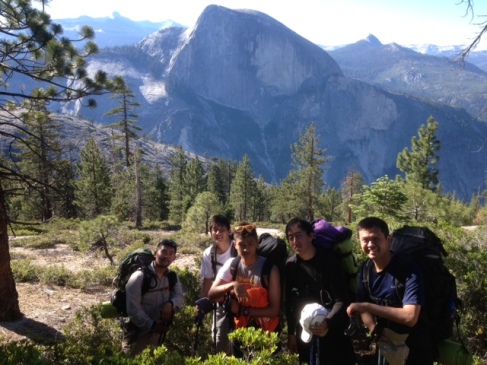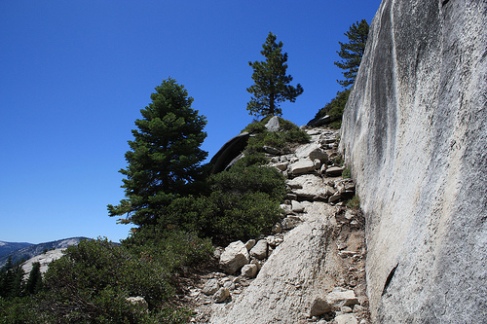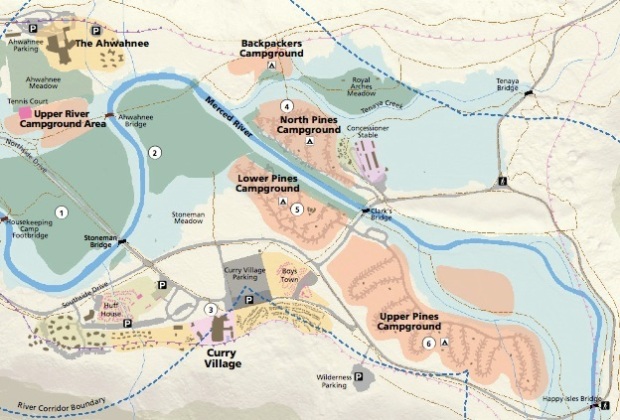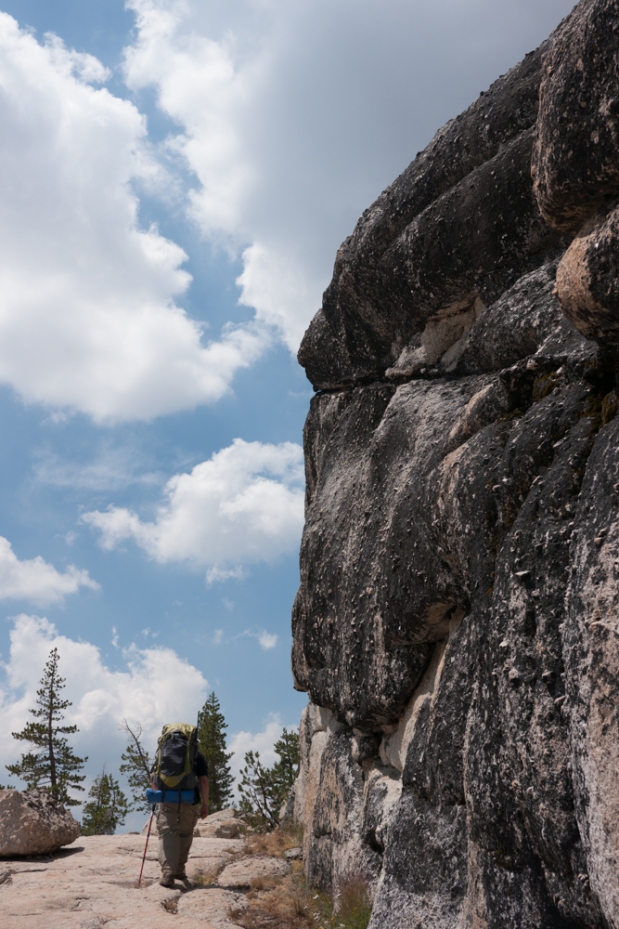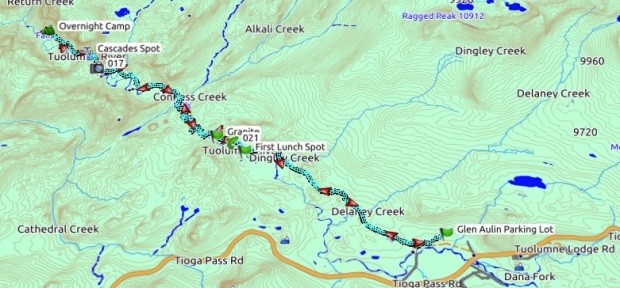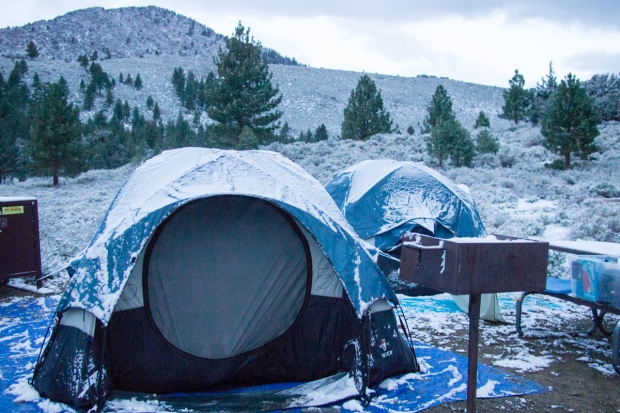Desolation Wilderness, Creative Commons photo by Abby Swann
When I talked to people about leading beginners to go backpacking, one of the destinations that often came up was the Desolation Wilderness. All the joking about the name aside, the pictures I saw so far all suggested that this is a “desolation” well worth visiting!
Desolation Wilderness is situated in the southwest corner of Lake Tahoe and contains places such as Mt Tallac, Dicks Peak, Lake Aloha, Lake of the Woods, etc.
Desolation Wilderness, Creative Commons photo by Jan Gosmann
From what I read, the heart of this place is Lake Aloha. On the map this is the largest body of water in this area.
Lake Aloha, Creative Commons photo by Abby Swann
Middle Velma Lake (DSC_9965), Creative Commons photo by Ilya Katsnelson
Echo Lake Paradise, Creative Commons photo by Christian Arballo
Logistics:
The scenery is quite excellent! Because of that, this area could get heavily used and use of this area for backpacking purposes is managed with a quota system by the Eldorado National Forest district (from Friday before Memorial Day to 9/30). 70% of the quota is reservable through Recreation.gov, and the other 30% are first-come first-serve on the day of starting at 8AM. The key information for both method is the destination zone (see below).
For in-person reservation, you also need to decide which trailhead to take. Depends on which side of the wilderness the trailhead is, the in-person locations are different (links take you to creating a direction using Google Map).
West side entry (Buck Island, Look Lake, Van Vleck, Wrights Lake, Lyons Lake)
- Pacific Ranger Station (Tel: 530-647-5415)
East side entry (Ralston, Echo Lakes, Aloha Lakes, Glen Alpine, Cathedral, Mt Tallac, Bayview, Eagle Lake, Meeks Bay, General Creek)
- Lake Tahoe Basin Management Unit Supervisor’s Office (Tel: 530-543-2600)
- Lake Tahoe Visitor Center (Tel: 530-543-2674)
The trailhead and zone system probably need some explanation. There are a total of 15 trailheads with which you can access the Desolation Wilderness, divided into East and West side entries (marked as TH below).
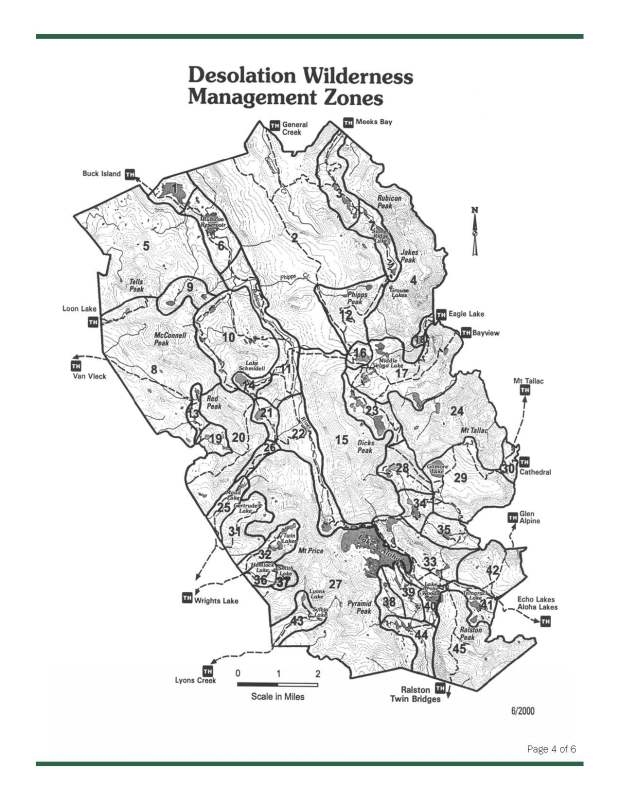
Map of Zones, pdf available here at Eldorado National Forest site
Apart from deciding which trailhead to take, you also need to decide on where to camp overnight. These locations are designated as “zones”. These are numbered below. For example, popular locations such as Lake Aloha are surrounded by zone 27, 33, 38, 39, etc. and Velma Lakes will be 16 and 17. These are the zone number you will need to reserve your backcountry permits. Each zone has an overnight quota, and you can see that information here.
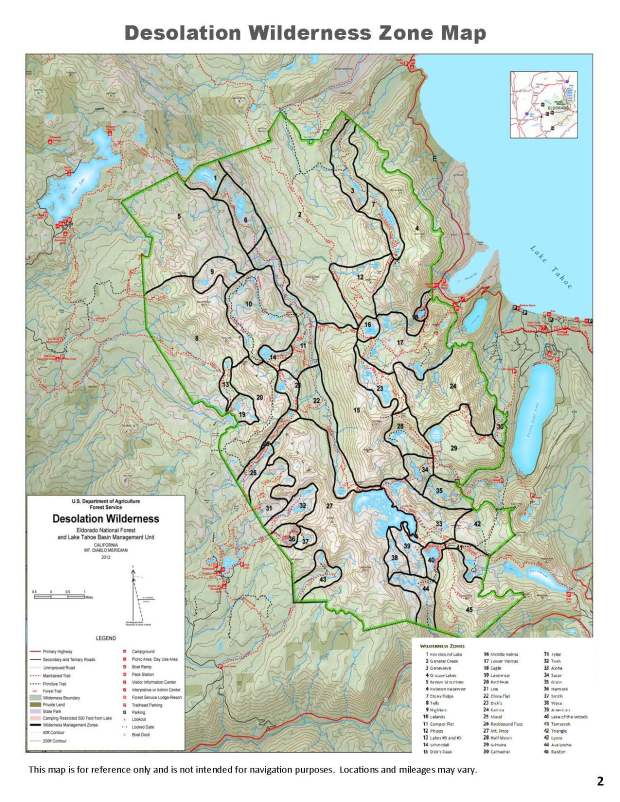
Map of Zones in Desolation Wilderness Trip Planning Guide
The zone system is only in effect for the first night. From second night onward within the same trip, there is no restriction.
Apart from the quota, there are also the usual restrictions for backpacking in the Sierras, such as no campfire (stove cooking only), bear canister, and maximum party size of 12.
Itineraries:
- Bayview – Velma Lakes (zone 16 & 17): I came across this itinerary here. The backpacker started from Bayview trailhead, camped at Velma Lakes, and exited through Eagle Lake trailhead.
- Echo Lake – Lake Aloha (zone 33, 38, 39): This seems to be a very popular itinerary. I came across this itinerary here and here. From Echo Lake to Lake Aloha is a 6.8 mile (one way) hike with a 700 ft elevation gain.
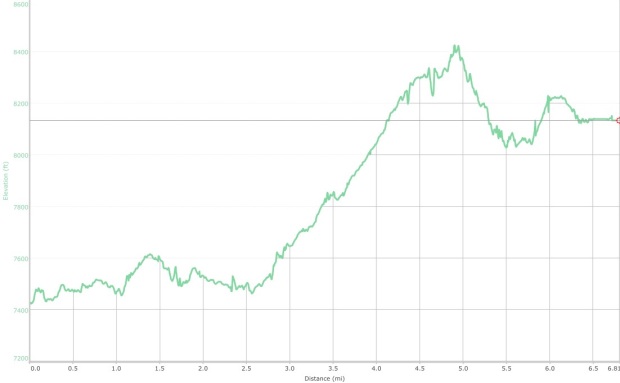
- Glen Alpine – Lake Aloha: An excellent write-up with pictures here.
Useful Links:
- Eldorado National Forest information on Desolation Wilderness Permits
- Everytrail.com search results for Desolation Wilderness
- Tom Harrison map on Desolation Wilderness via Amazon



